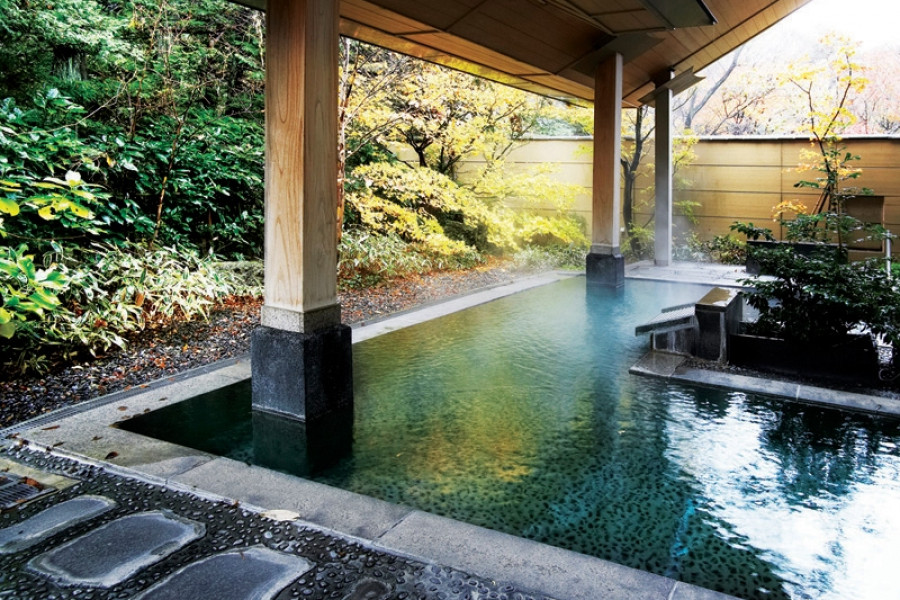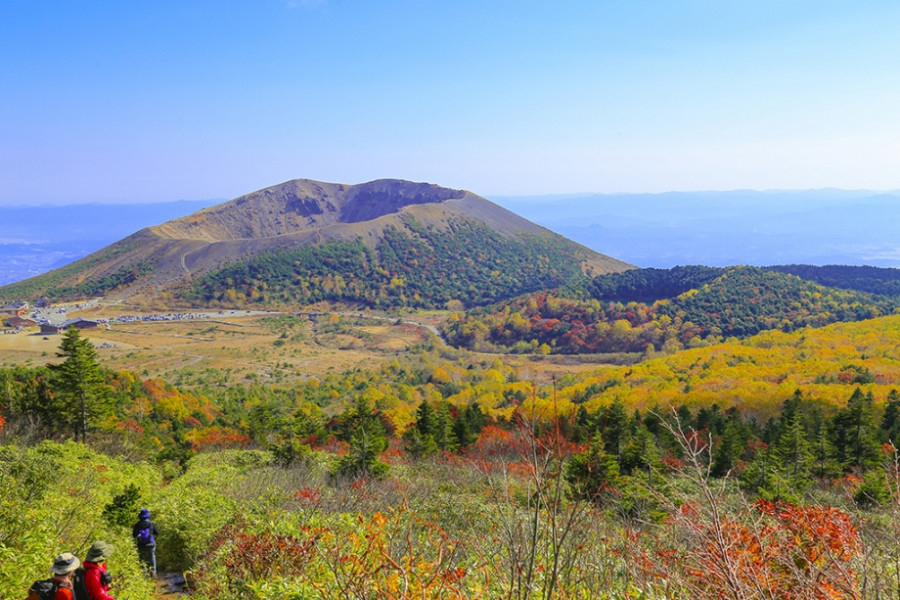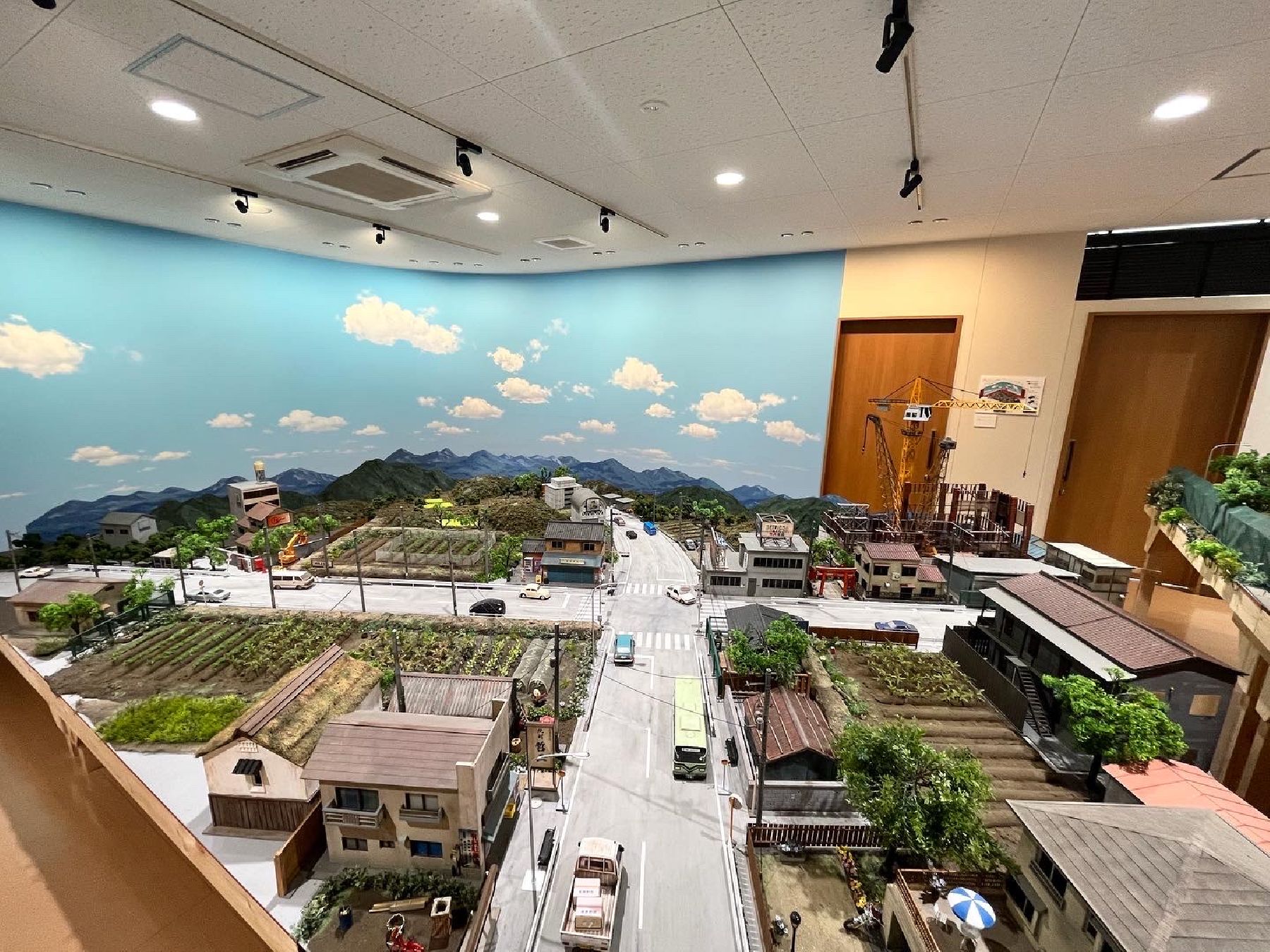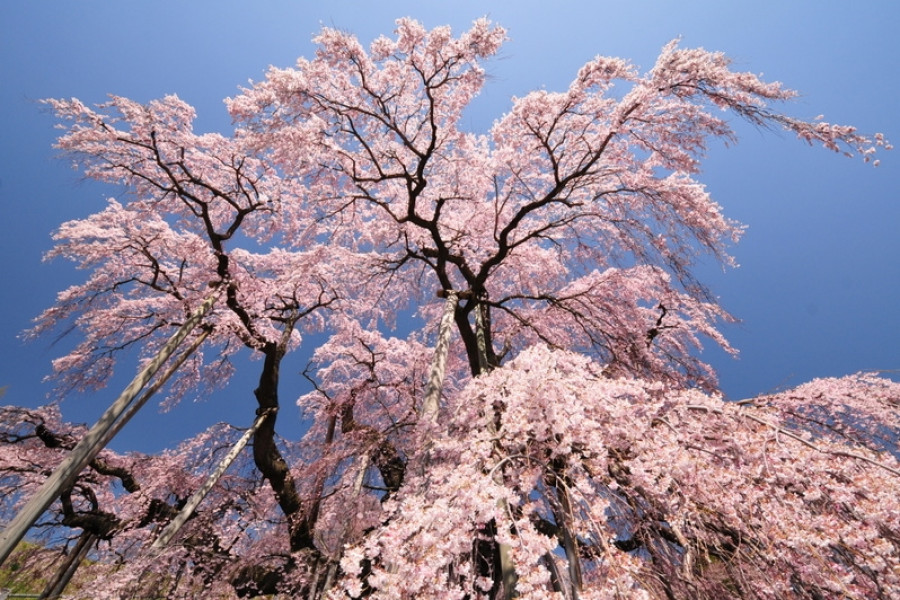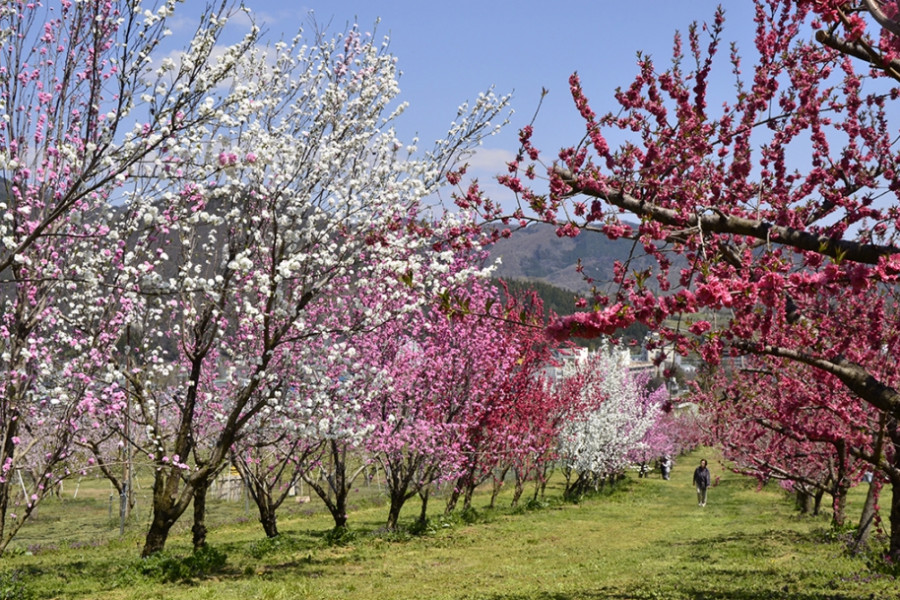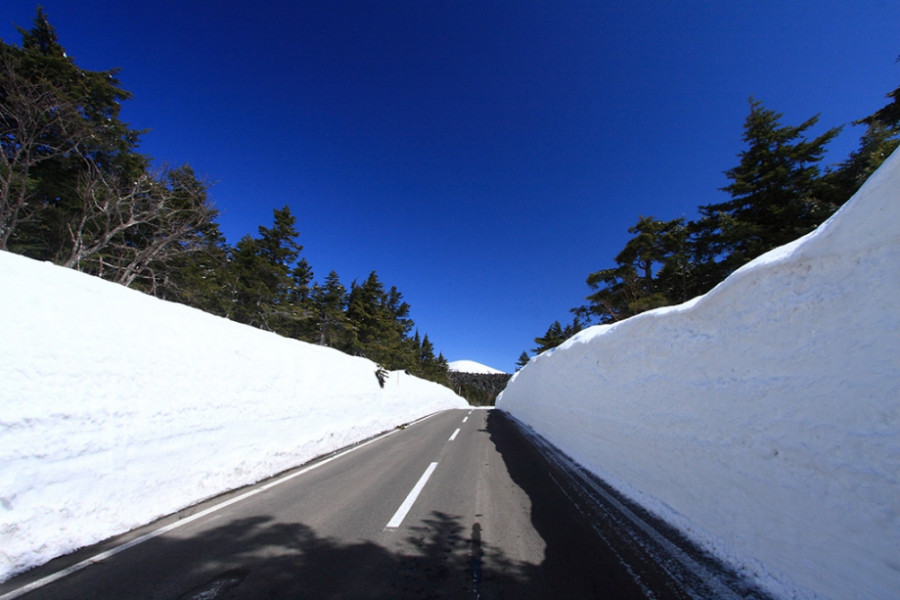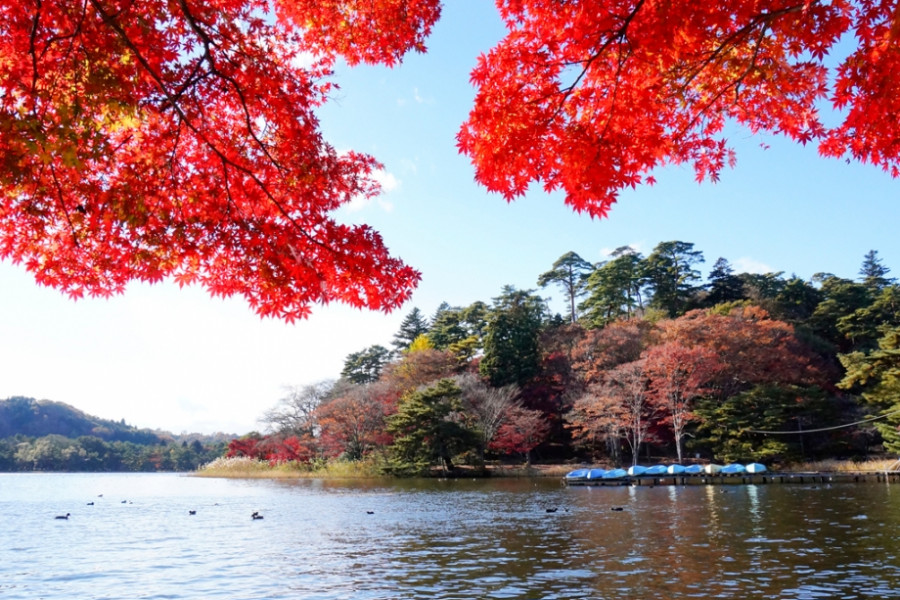Nature & Scenery
Nanko Park
In 1801, Matsudaira Sadanobu, the twelfth Lord of Shirakawa, constructed a recreational area which was to be opened to anybody - regardless of status or family background. This recreational area turned into Nanko Park, which is considered to be the Japan's oldest public park. There are Yoshino cherry blossoms (about 800 trees), azaleas, pine trees, and maple trees at the edge of lake. You can enjoy seasonal scenery such as cherry blossoms in spring, fresh green leaves in early summer, autumn colors, and winter scenery with the beautiful contrast of the Nasu Mountains. The park contains Nanko Shrine, where Sadanobu is enshrined as a deity. Next to Nanko Shrine stands the beautiful Japanese gardens Suirakuen. At Suirakuen, visitors can try traditional Japanese tea served in a tea room, which boasts a spectacular view of the gardens. There are a number of shops, cafés, and restaurants along the edge of Lake Nanko. One of the local specialities to look out for is nanko dango, which are sticky rice balls on a skewer, served with different toppings.
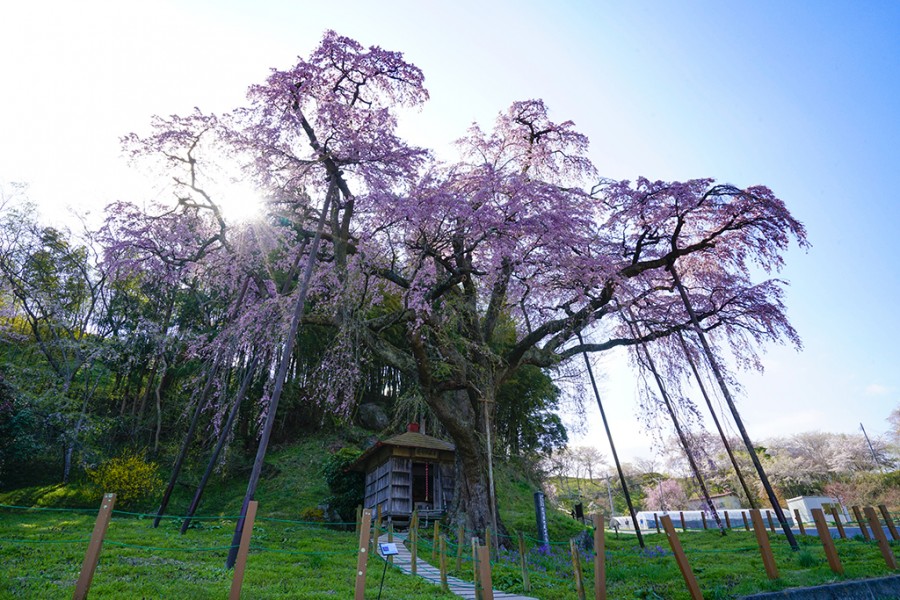
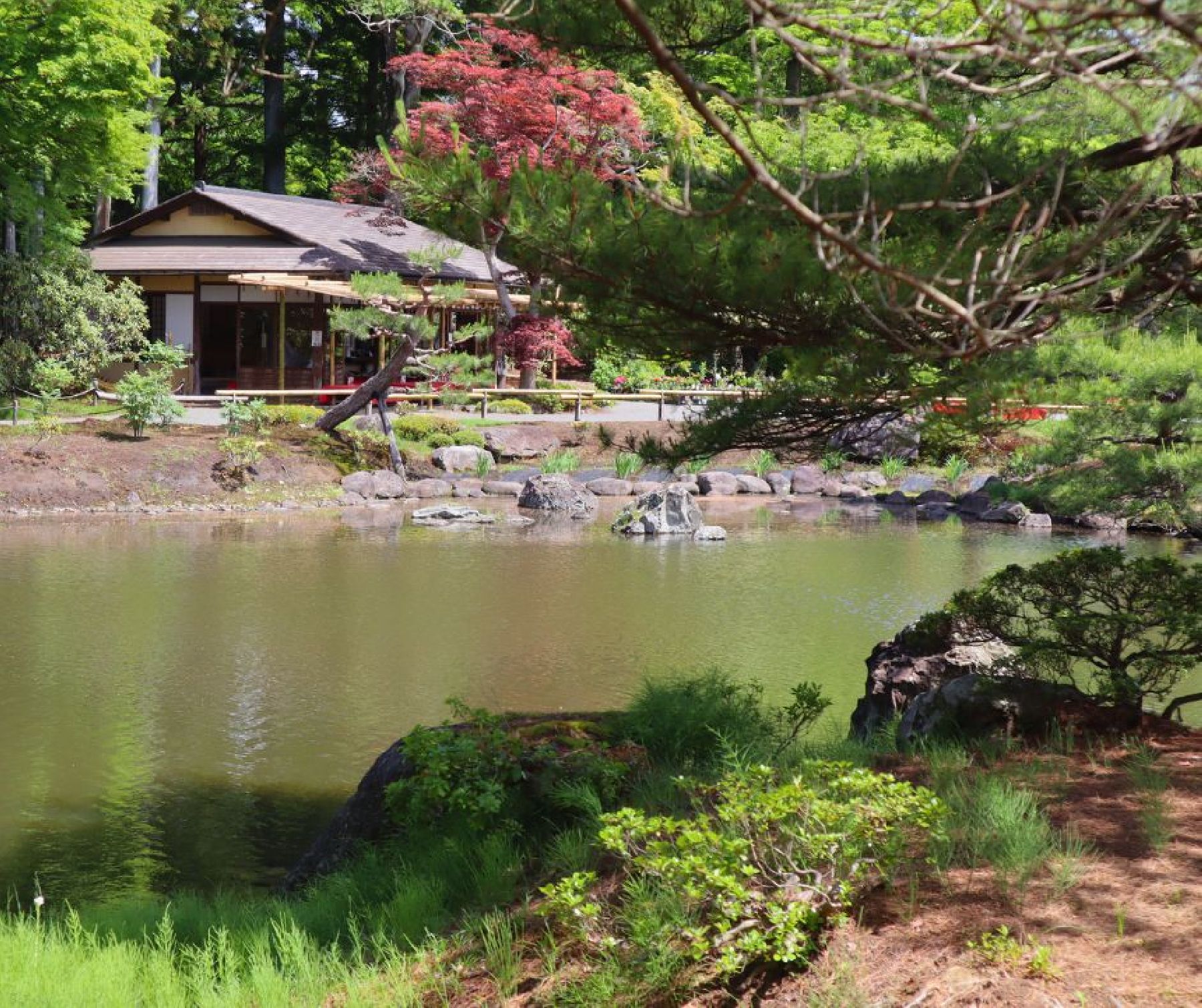
.jpg)
.jpg)
